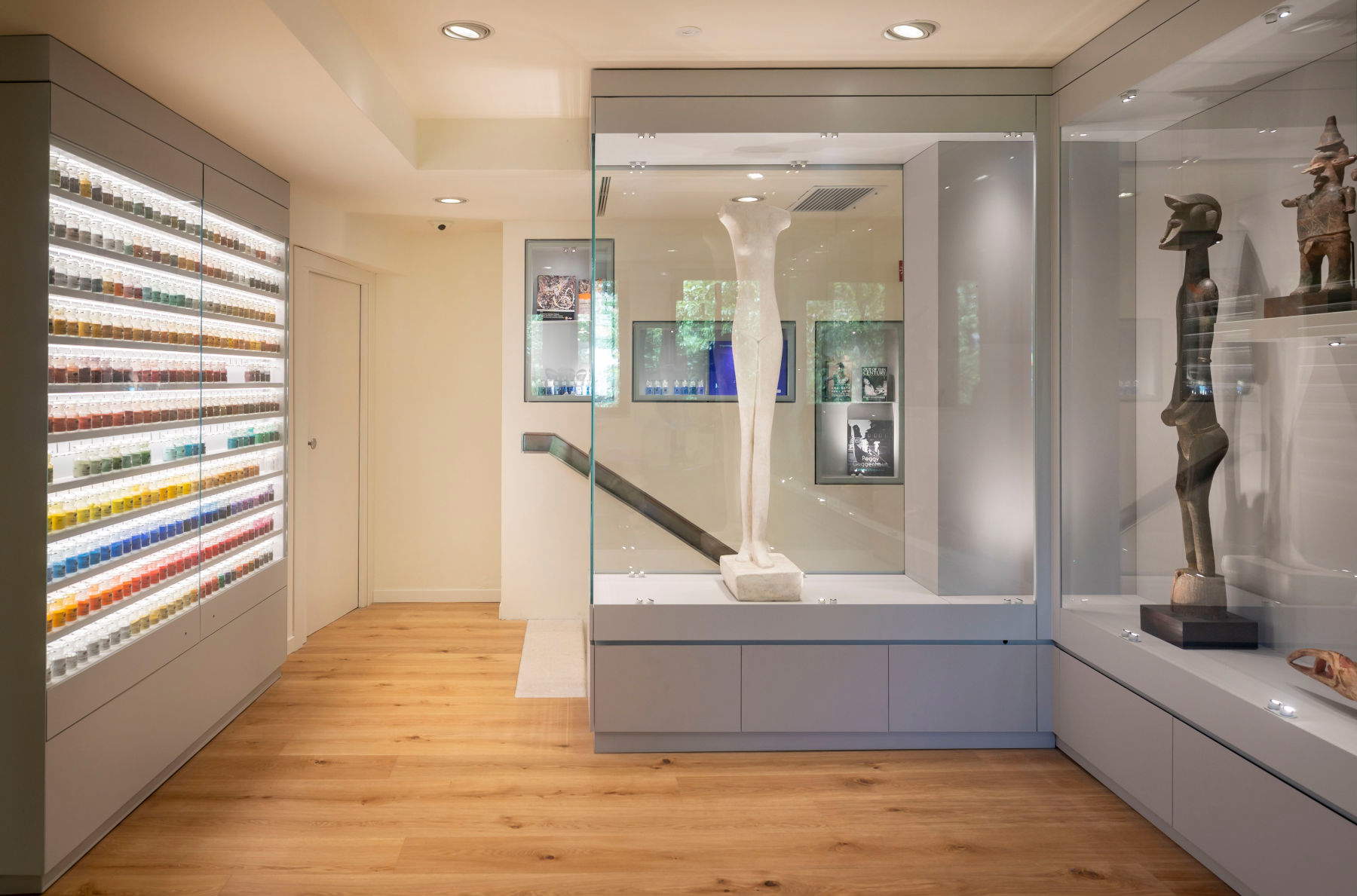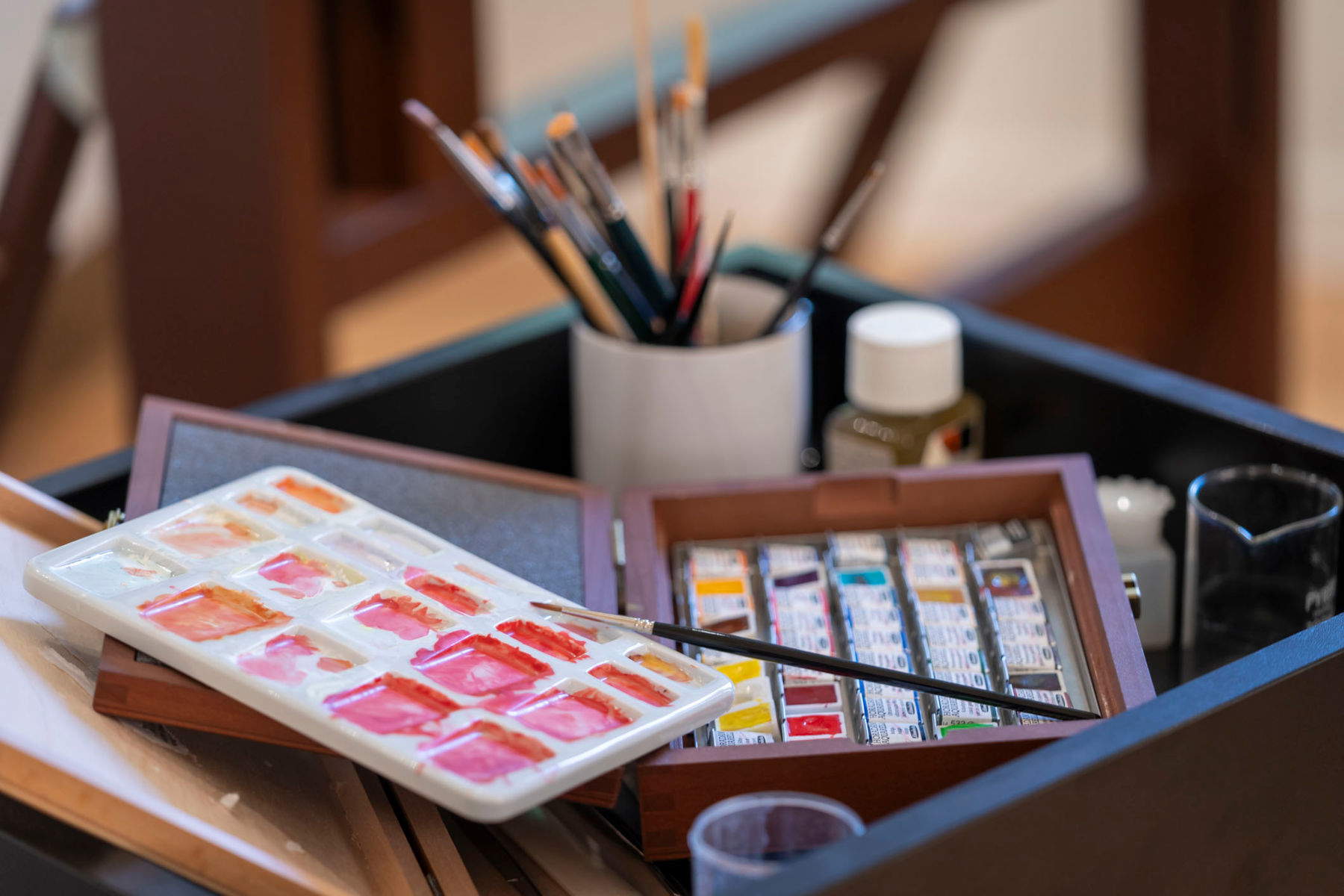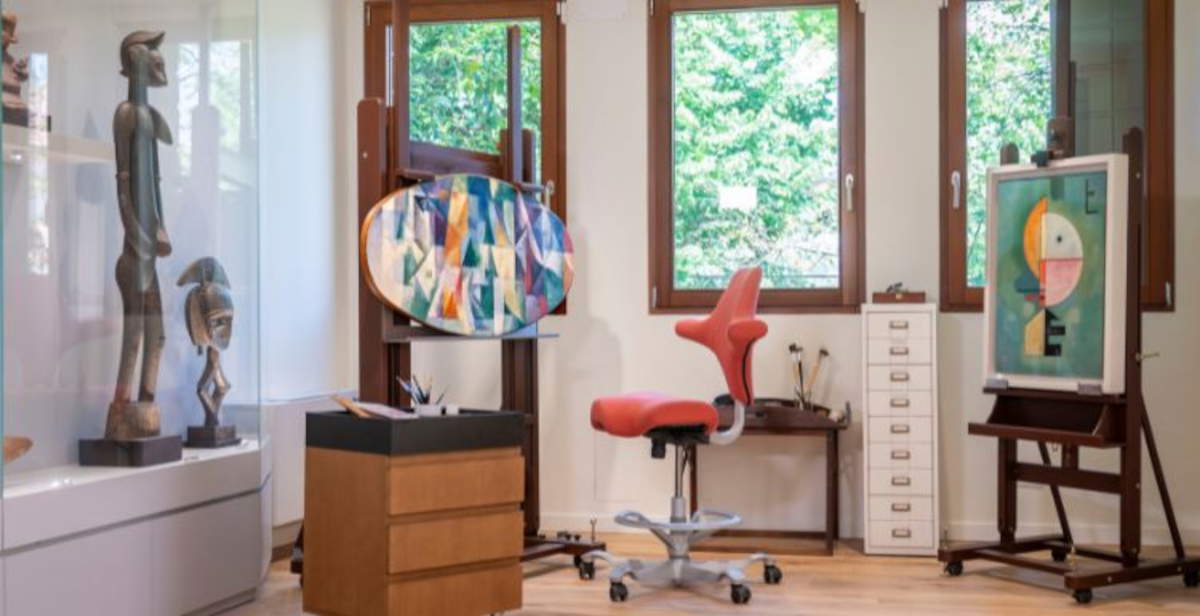A new laboratory for the study, conservation and restoration of works joins the Peggy Guggenheim Collection, one of Italy’s most visited museums. Located in the spaces of the Palazzo Venier dei Leoni in Venice, the new center represents an important evolution in the museum’s strategy for protecting the artistic heritage of the 20th century. The laboratory, technologically advanced and designed with a multidisciplinary approach, responds to a concrete need: to ensure the long-term care of the works collected by Peggy Guggenheim over more than 30 years of collecting activity, in full compliance with the museum’s mission, which considers art to be a collective and accessible good, as well as an essential means for the critical development of new generations.
“With the new restoration laboratory,” says Karole P. B. Vail, director of the Peggy Guggenheim Collection, “we wish to confirm how conservation is an integral part of our responsibility to our artistic heritage and to society. It is a gesture of care for the works entrusted to us, but also an act of openness: making the process of preservation visible, sharing knowledge and training new generations means making art truly accessible, in a profound sense. This space is a bridge between past and future, between study and storytelling, between science and the public.”

“We are delighted to support the new laboratory, which represents an important evolution of our enduring partnership with the Peggy Guggenheim Collection,” says Franco Polloni, Head Switzerland & Italy Region, EFG International. “Peggy Guggenheim was a pioneer of entrepreneurial thinking, and at the heart of our collaboration today is the shared belief that art should help shape the future as much as it helps preserve the past. As a bank committed to the welfare of future generations, we recognize the value of preserving cultural heritage. Using the latest technology, the laboratory will ensure that some of the most significant works remain accessible and can continue to inspire generations to come. This pioneering initiative not only helps protect our cultural heritage, but also strengthens the Collection’s role as one of the leading museums of modern art internationally.”
The result of a project process that lasted more than a decade and was promoted by the museum’s Conservation Department, the laboratory is set to become a center of excellence on the international scene. Its objective is twofold: on the one hand, to respond more effectively to the conservation needs of the works in the collection, many of them complex in terms of techniques and materials; on the other, to develop new lines of applied research, in synergy with academic partners and European institutions. The entire project is in the tradition of the Peggy Guggenheim Collection, which over the past two decades has continuously invested in the scientific study of works and the transmission of skills related to their conservation.

The new space is distinguished by its innovative set-up, which integrates the functions of an operating laboratory with those of “open lab” and “open storage.” In fact, part of the activities will be visible to the public, allowing visitors to closely observe the conservation process, usually hidden from view. In this way, the practice of restoration also becomes an opportunity to learn and learn about the work that allows the works to traverse time. In addition, some sculptures from the collection, hitherto not on display, will find a functional and accessible location in this space, contributing to a wider and more reasoned enjoyment of the heritage.
Currently, the workshop hosts important conservation interventions on some of the museum’s emblematic works. These include Simultaneously Open Windows Part 1, Pattern 3 (1912) by Robert Delaunay, Composition No. 1 with Gray and Red 1938 / Composition with Red (1938-39) by Piet Mondrian, and Croaking Movement (1946) by Jackson Pollock. These are works that reflect different turning points in 20th-century experimentation, and whose restoration requires specific expertise both in knowledge of the materials and in understanding the technical and aesthetic intentions of the authors. The ongoing interventions are indicative of the direction taken by the museum, which is increasingly oriented toward applied scientific research and collaboration between disciplines.

The lab is also set up as a training space for young conservators and scholars. The museum’s Conservation Department, which has already been involved in European projects and experiments on sustainable materials for years, will offer new learning opportunities here through internships, fellowships, and shared activities with academic institutions. A focus on sustainable innovation is one of the project’s main thrusts: special interest is given to experimenting with green approaches to the conservation of works, in line with a growing environmental awareness in the museum sector. The goal is to develop responsible practices that reduce the impact of conservation processes without compromising their effectiveness.
Making the new laboratory possible was the support of EFG, Institutional Patron of the Peggy Guggenheim Collection since 2001. The banking institution, which has been engaged in cultural promotion alongside the Venetian museum for more than two decades, has in the past supported the restoration of masterpieces such as Pablo Picasso’s The Study (1928), Amedeo Modigliani ’s The Girl with a Sailor’s Lapel (1916) and Marcel Duchamp’s Box in a Suitcase (1935-41). The contribution to the new workshop confirms a continuity of purpose between public institution and private supporter, both oriented toward the enhancement of heritage as a cultural investment for the future.
 |
| New Peggy Guggenheim Collection restoration lab opens at Palazzo Venier |
Warning: the translation into English of the original Italian article was created using automatic tools. We undertake to review all articles, but we do not guarantee the total absence of inaccuracies in the translation due to the program. You can find the original by clicking on the ITA button. If you find any mistake,please contact us.